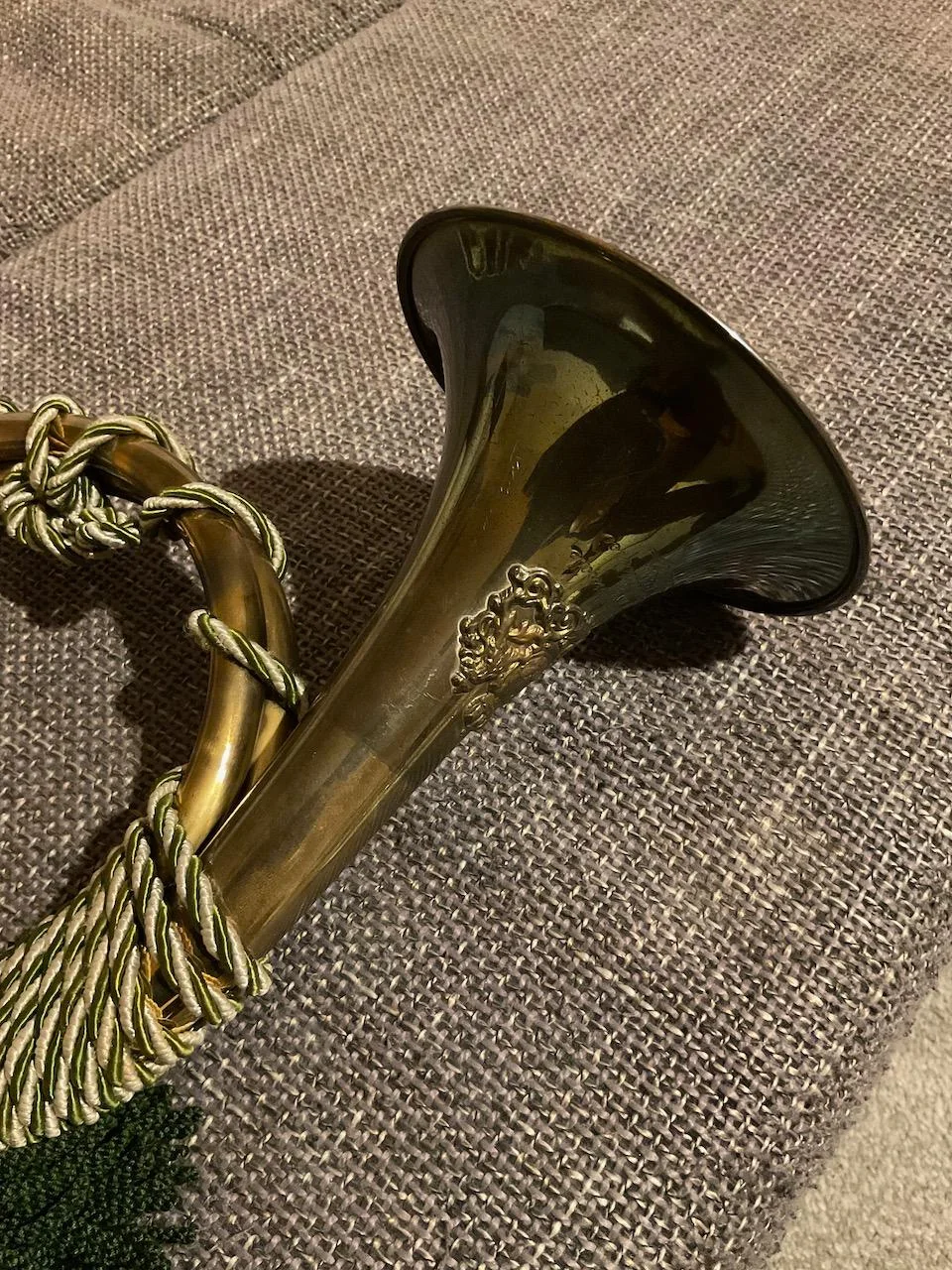Stamp: “PFENNIG” without final “E” (German New Guinea 1890)
“PFENNIG” without final “E” (German New Guinea 1890)
01 January (German New Guinea ) within release German Realm stamps used in German New Guinea goes into circulation Stamp “PFENNIG” without final “E” face value 3 German reichspfennig
| Stamp “PFENNIG” without final “E” in catalogues | |
|---|---|
| Michel: | Mi: DR-NG V39b |
| Stanley Gibbons: | Sg: DR-NG Z2 |
Stamp is square format.
German Realm stamp was used in German New Guinea before the official issues were released in 1897. Used stamp with readable cancellation needs - place and date - to be sure was used in New Guinea. Mi: DR 39bAlso in the issue German Realm stamps used in German New Guinea:
- Stamp - “PFENNIG” without final “E” face value 3;
- Stamp - Imperial eagle and crown in oval face value 25;
- Stamp - Imperial eagle in a circle face value 10;
- Stamp - Imperial eagle in a circle face value 10;
- Stamp - Numeral in oval face value 2;
Stamp “PFENNIG” without final “E” it reflects the thematic directions:
In British heraldry, a coronet is any crown whose bearer is less than sovereign or royal in rank, irrespective of the crown's appearance. In other languages, this distinction is not made, and usually the same word for crown is used irrespective of rank (German: Krone, Dutch: Kroon, Swedish: Krona, French: Couronne, etc.) In this use, the English coronet is a purely technical term for all heraldic images of crowns not used by a sovereign, and implies nothing about the actual shape of the crown depicted. A Coronet is another type of crown, but is reserved for the lower ranks of nobility like Marquesses and Marchionesses, Earls and Countesses, Barons and Baronesses, and some Lords and Ladies. The specific design and attributes of the crown or coronet signifies the hierarchy and ranking of its owner.
A musical instrument is a device created or adapted to make musical sounds. In principle, any object that produces sound can be considered a musical instrument—it is through purpose that the object becomes a musical instrument. A person who plays a musical instrument is known as an instrumentalist. The history of musical instruments dates to the beginnings of human culture. Early musical instruments may have been used for rituals, such as a horn to signal success on the hunt, or a drum in a religious ceremony. Cultures eventually developed composition and performance of melodies for entertainment. Musical instruments evolved in step with changing applications and technologies.
A number is a mathematical object used to count, measure, and label. The most basic examples are the natural numbers 1, 2, 3, 4, and so forth. Numbers can be represented in language with number words. More universally, individual numbers can be represented by symbols, called numerals; for example, "5" is a numeral that represents the number five. As only a relatively small number of symbols can be memorized, basic numerals are commonly organized in a numeral system, which is an organized way to represent any number. The most common numeral system is the Hindu–Arabic numeral system, which allows for the representation of any non-negative integer using a combination of ten fundamental numeric symbols, called digits. In addition to their use in counting and measuring, numerals are often used for labels (as with telephone numbers), for ordering (as with serial numbers), and for codes (as with ISBNs). In common usage, a numeral is not clearly distinguished from the number that it represents.
The post horn is a valveless cylindrical brass instrument with a cupped mouthpiece. The instrument was used to signal the arrival or departure of a post rider or mail coach. It was used by postilions of the 18th and 19th centuries.


